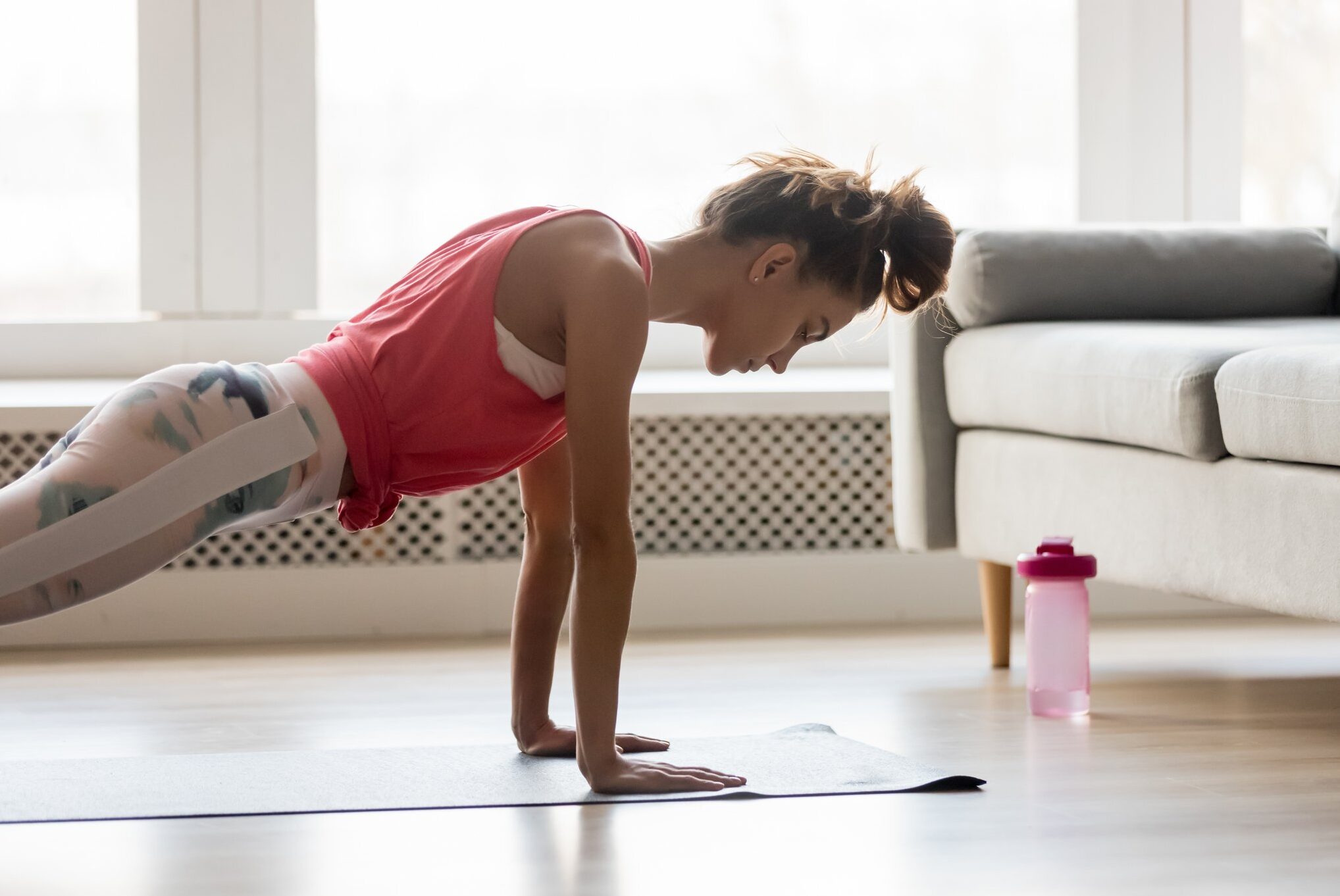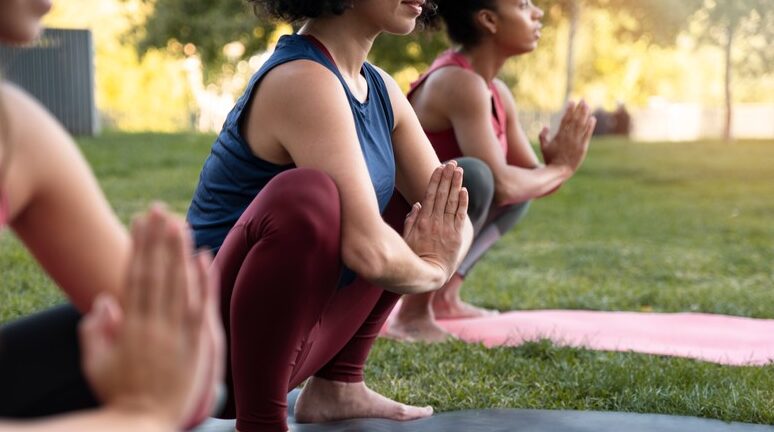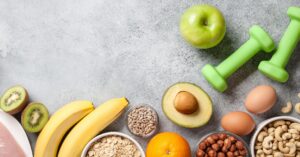
Teenagers and young adults should focus on developing a well-rounded fitness routine that includes cardio, strength, and mobility work. Engaging in physical activity can be fun and enjoyable for this age group, whether it is through participating in organized sports or working out on their own. Full-body workouts that are performed three days a week can be effective for building strength and improving overall fitness. Additionally, incorporating exercises such as sit-backs, which involve leaning back and tightening the core muscles, can help improve core strength and stability.
Middle-aged adults should prioritize aerobic exercise to decrease the risk of heart disease, strength training to maintain muscle mass and bone density, and physical activity to improve mental health and mood. High-intensity interval training (HIIT) can be a great option for this age group, as it can be completed in a short amount of time and provides significant health benefits. Resistance training can also be beneficial for maintaining muscle mass and improving overall fitness. It is important to maintain a positive mindset and to find enjoyable and interesting ways to stay active.
Older adults should focus on low-impact exercises such as yoga, hiking, and walking, while also incorporating strength and balance exercises. Chair yoga can be a great option for improving mobility and muscle strength, while also being gentle on the joints. It is important to start slowly and gradually increase the intensity and duration of the exercise routine. Additionally, setting fitness goals and keeping an activity log can help older adults stay motivated and track their progress. No matter the age or fitness level, it is never too late to start incorporating physical activity into daily life to improve overall health and well-being.
Workouts for different age groups
Teenagers and young adults require workouts that are challenging and engaging. Full-body workouts, which include exercises that target multiple muscle groups, are ideal for this age group. Strength training is also crucial for building muscle mass and maintaining good health. Sit-backs, for example, are an effective exercise that can help strengthen the core muscles]. Additionally, incorporating aerobic activities such as jogging, biking, and walking can help improve cardiovascular health. Overall, a balanced workout routine that includes both strength and cardio exercises is essential for teenagers and young adults to maintain good physical health.
Middle-aged adults require workouts that focus on maintaining strength, flexibility, and balance. Regular aerobic exercise, such as running or cycling, can help decrease the risk of heart disease. Strength training is also important for building muscle mass and maintaining bone density. High-intensity interval training (HIIT) can be an effective way to improve cardiovascular health and burn calories.
Additionally, incorporating flexibility and balance exercises, such as yoga or tai chi, can help improve mobility and reduce the risk of falls. Overall, a well-rounded workout routine that includes a variety of exercises is crucial for middle-aged adults to maintain good physical health.
Older adults require workouts that focus on maintaining mobility, independence, and overall health. Low-impact exercises such as walking, swimming, and cycling can help improve cardiovascular health without putting too much stress on the joints.

Strength training can help improve muscle mass and maintain bone density. Chair yoga and water aerobics are also effective low-impact exercises that can help improve mobility and balance. Additionally, incorporating flexibility exercises such as stretching and balance exercises such as standing on one foot can help improve overall mobility and reduce the risk of falls. Overall, a balanced workout routine that includes both aerobic and strength exercises, as well as flexibility and balance exercises, is essential for older adults to maintain good physical health and independence.
Importance of staying active throughout life
Regular exercise is crucial for maintaining good physical and mental health throughout life. Engaging in physical activity can boost energy levels, improve muscle strength, and enhance endurance. It is important to incorporate all four types of exercise into one’s routine – endurance, strength, balance, and flexibility – as each type has different benefits. Regular exercise can also help build strong bones in children and slow the loss of bone density that comes with age. Furthermore, exercise has been shown to be associated with many other powerful health benefits, including reduced risk of chronic diseases such as diabetes, heart disease, and certain types of cancer. Therefore, it is essential to make physical activity a priority at every stage of life.
A sedentary lifestyle, on the other hand, can lead to a number of health risks, including high blood pressure, diabetes, and obesity. Research has shown that sedentary behaviors have wide-ranging adverse impacts on the human body, including increased all-cause mortality and cardiovascular disease. To combat these risks, it is important to work small bits of exercise into one’s daily routine.

This can include taking the stairs instead of the elevator, going for a walk during lunch breaks, or doing some gentle stretches before starting the day. By incorporating physical activity into daily life, individuals can reduce their risk of developing chronic diseases and maintain good physical health.
It is never too late to start incorporating exercise into one’s daily routine. Whether it’s finding motivation to exercise or struggling to fit it into a busy schedule, there are tips and workouts for every stage of life. Strength training exercises for all major muscle groups should be done at least two times a week. Creating a contingency plan and scheduling exercise routines in a planner or calendar can help individuals stay on track. Additionally, exercising with a friend or keeping it brisk can make physical activity more enjoyable and sustainable.By prioritizing regular exercise and incorporating it into daily life, individuals can improve their physical and mental health, regardless of their age or stage in life.







